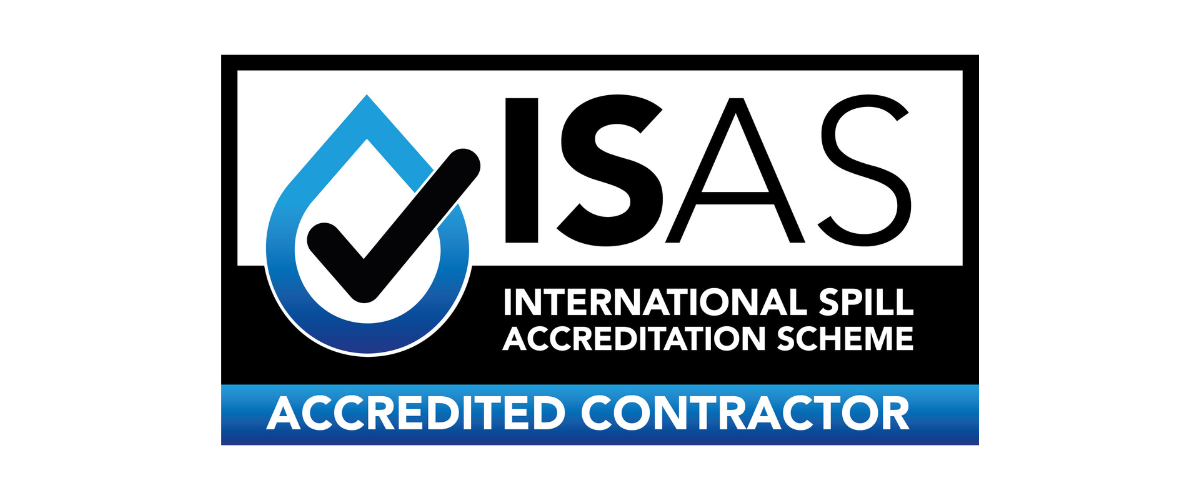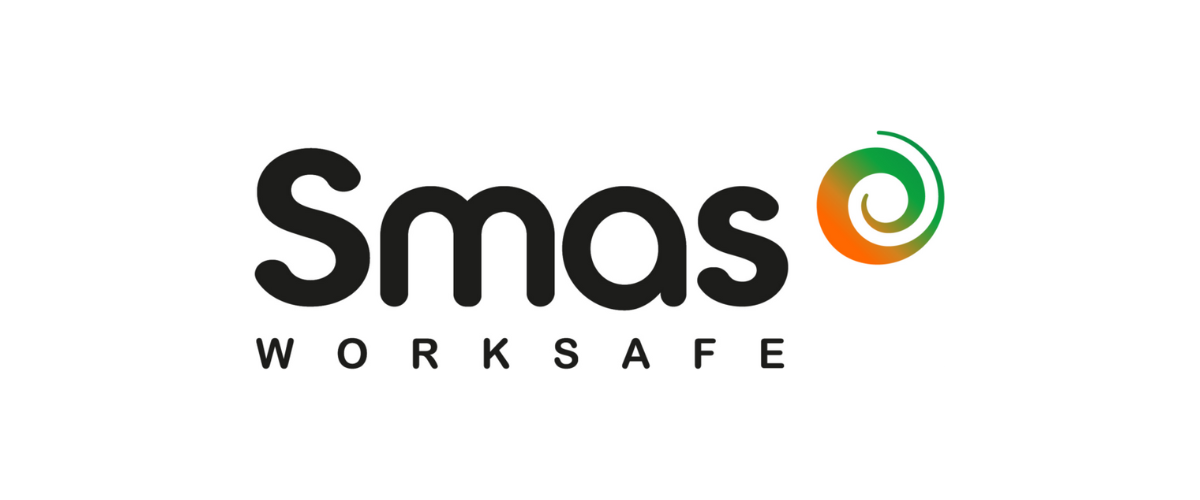A Liquid Pollution Risk Assessment (LPRA) identifies environmental risks on-site, evaluates pollution pathways, and recommends control measures to ensure compliance and prevent contamination.
Liquid Pollution Risk Assessment
At GPT we specialise in helping businesses manage their environmental responsibilities through comprehensive liquid pollution risk assessments (LPRA). Our assessments identify activities on your site that pose a risk of liquid pollution, evaluate the effectiveness of existing controls, and recommend proportionate measures to minimise risk. This approach not only helps you achieve legal compliance, but also significantly reduces the likelihood of environmental incidents, prosecutions, and reputational damage.

Our Approach
All of our LPRAs are structured around the Source - Pathway - Receptor (SPR) pollution model to ensure a thorough and effective assessment. The process consists of two key components:
Desktop Survey
On-Site Risk Assessment
Findings from both phases are compiled into a detailed report that presents a clear, prioritised view of your site's risks and required actions. Each identified risk is assigned a significance score, allowing you to easily focus on the most critical issues and seamlessly integrate the findings into management systems such as ISO 14001.
Where unacceptable risks are identified, we provide tailored recommendations to bring these risks down to an acceptable, compliant level.
Before visiting your site, we conduct a thorough desktop review to identify external environmental factors that may influence your pollution risk. The desktop study includes:
Site Description: A basic outline of the current site layout and operations.
Legislation Review: We compile all relevant legislation governing your site activities, such as: Water Resources Act 1991; Groundwater (England & Wales) Regulations 2009; Control of Pollution (Oil Storage) Regulations, with additional standards such as CIRIA C736 for COMAH sites also considered where applicable.
Local Geology & Hydrogeology: We assess the site’s geology, hydrology (surface water bodies), and hydrogeology (groundwater systems) to understand potential pollutant pathways through soil, bedrock, and watercourses.
Current & Surrounding Land Use: We identify neighbouring pollution sources, such as fuel stations or industrial workshops, which may present additional risk.
Environmental Setting: The presence of sensitive receptors - such as SSSIs, SACs, RAMSAR sites, and groundwater protection zones - is documented. Risk scores are adjusted accordingly to reflect heightened sensitivity in such areas.
Following the desktop study, a comprehensive on-site inspection is carried out to assess your site’s specific activities, storage practices, drainage systems, and existing control measures.
Key elements of the on-site assessment include:
Sources: Pollutant sources such as chemical storage areas and industrial activities are identified, zoned, and assessed for hazard and likelihood of release.
Drainage Systems (Pathways): Existing drain plans are reviewed to establish the catchment areas and discharge points. Where drain plans are missing or incomplete, we can conduct drainage surveys to collect accurate information.
Existing Control Measures: All pollution control measures - including bunds, interceptors, spill kits, and emergency shut-off systems - are reviewed and evaluated against the identified risks.
Each risk identified during the assessment is assigned a RAG (Red-Amber-Green) colour-coded significance score. Where an unacceptable risk linkage is found, we provide clear, actionable recommendations for mitigation and corrective action.
Our reporting system enables you to:
To maintain ongoing compliance and performance, we strongly recommend implementing a monitoring and servicing regime to ensure critical environmental controls remain effective over time. Find out about our environmental control auditing services here.















